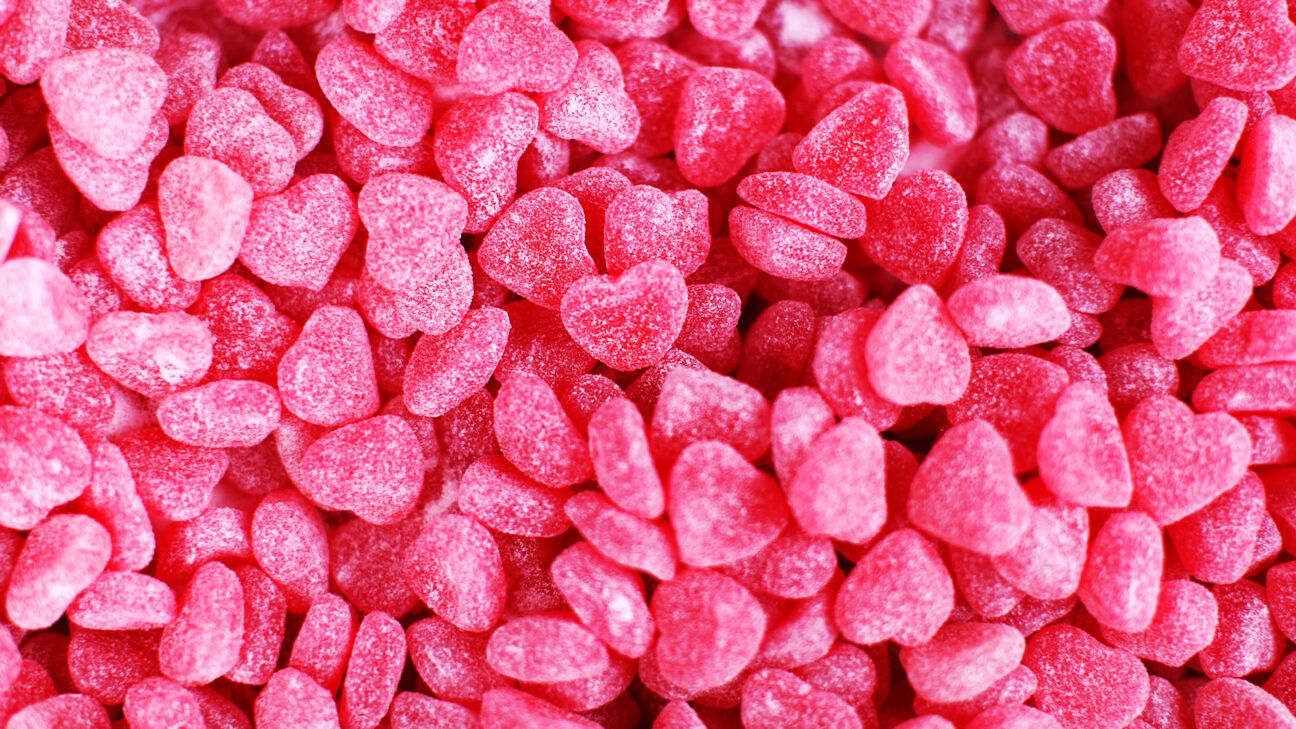
FDA Bans Cancer-Linked Red Dye No. 3 from Food and Medicines in US
Red dye No. 3 has been linked to cancer in animal studies and will be banned by the FDA in food, beverages, and drugs starting 2027. The synthetic dye was previously banned in cosmetics and topical drugs in 1990 due to its carcinogenic properties.
The dye, approved in 1907, is commonly found in:
- Candies and baked goods
- Snacks and desserts
- Fruit-flavored drinks
- Over-the-counter medications
- Prescription drugs
- Personal care products

Red heart candies scattered together
Health Concerns:
- Causes thyroid tumors and cancer in laboratory rats
- May cause hyperactivity in children
- Children's exposure levels are up to 15 times higher than recommended limits
- Already banned in European Union, Australia, and Japan
Natural Alternatives to Red Dye No. 3:
- Beet juice
- Hibiscus or elderberry extracts
- Annatto or paprika extract
- Red cabbage or radish-derived anthocyanins
The ban follows California's 2023 Food Safety Act and years of lobbying by public health groups. Manufacturers must replace red No. 3 with FDA-approved alternatives by January 15, 2027. While these natural alternatives may not provide the same vibrant color, they offer nutritional benefits instead of potential health risks.
This decision represents a significant step toward improving public health by removing potentially harmful additives from the food supply. However, the delayed implementation highlights ongoing challenges in food additive regulation and the need for more proactive safety measures.
